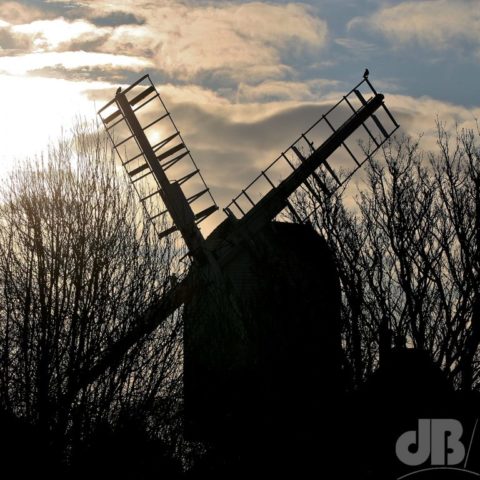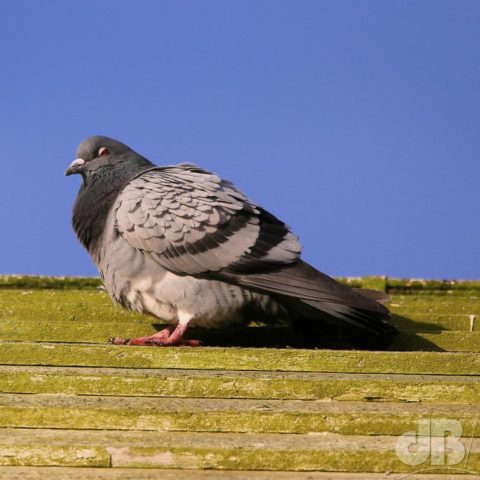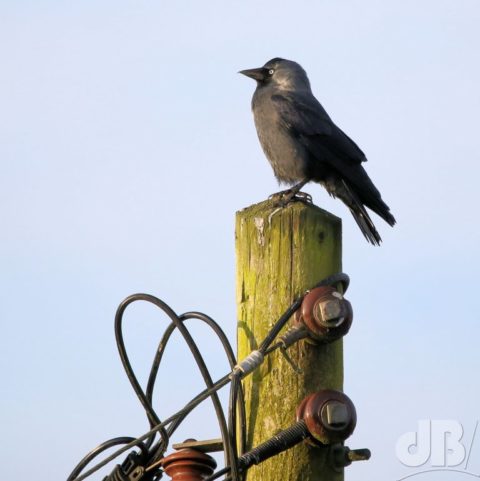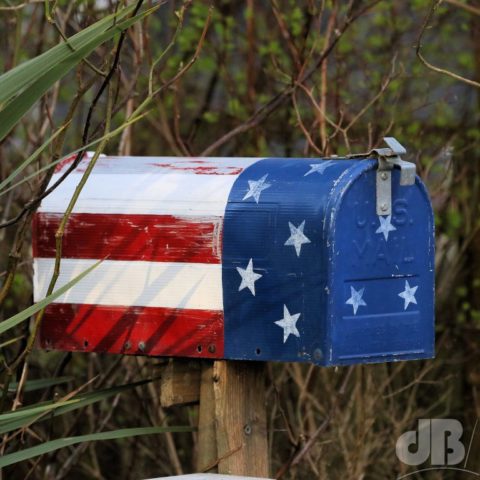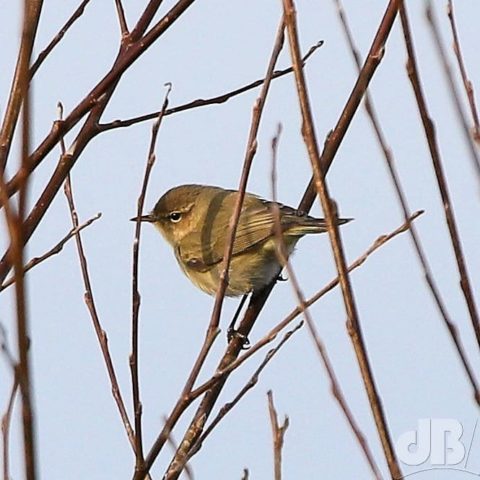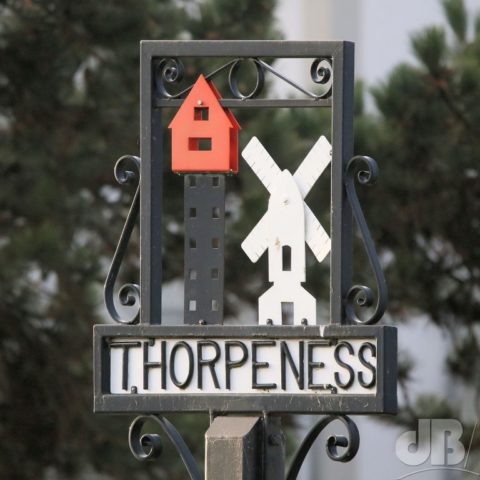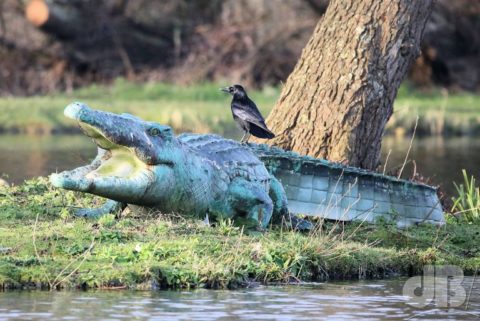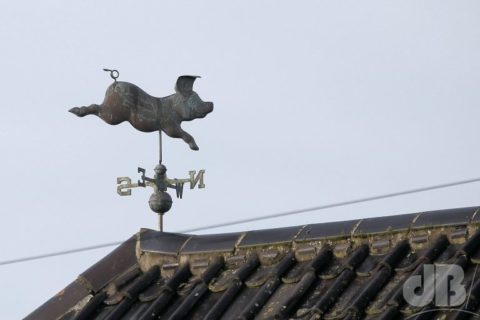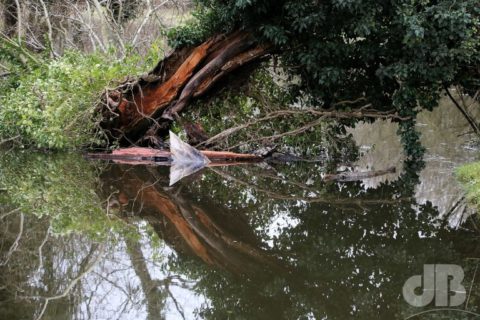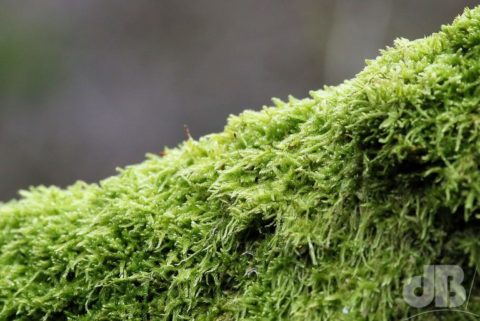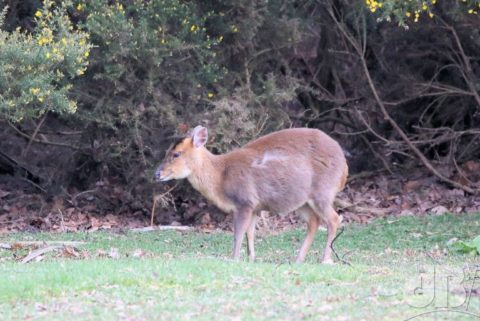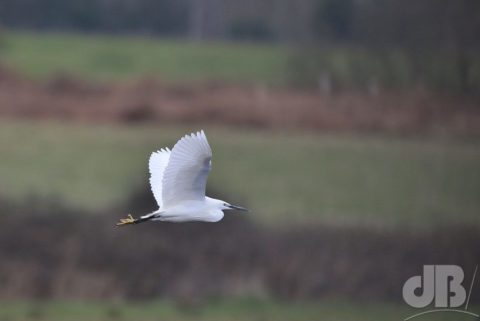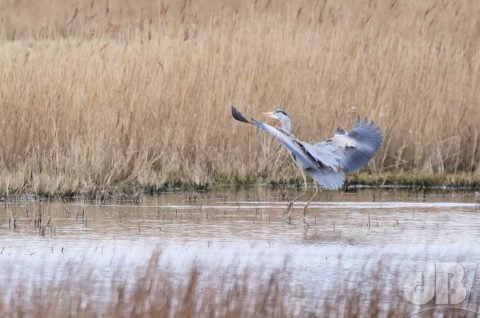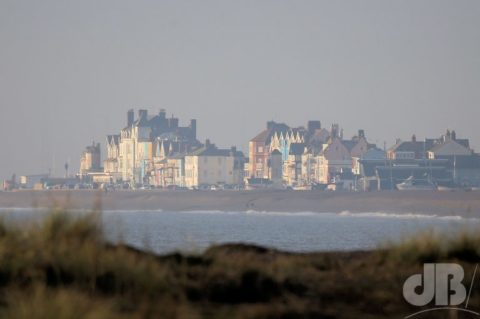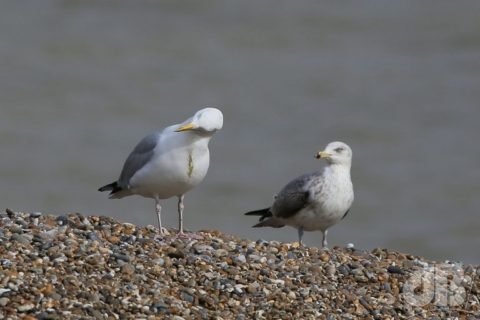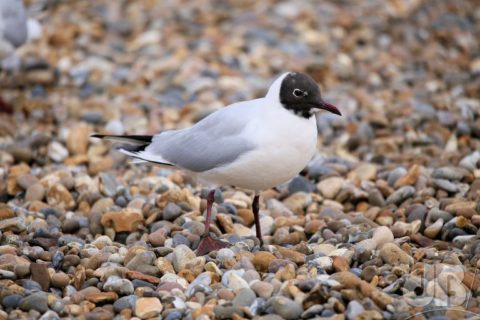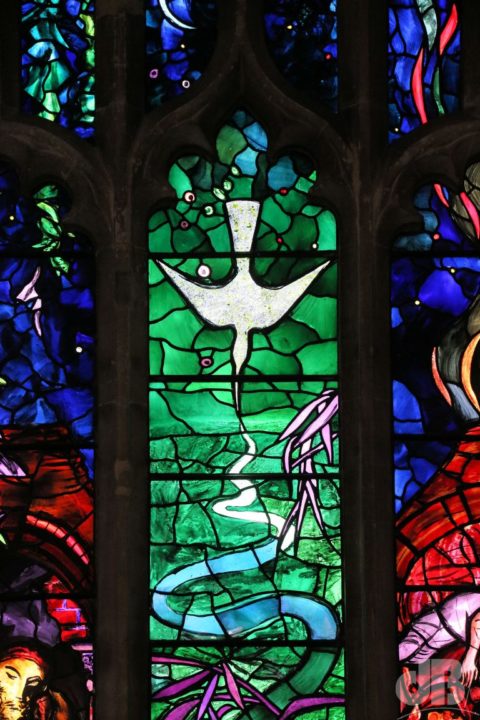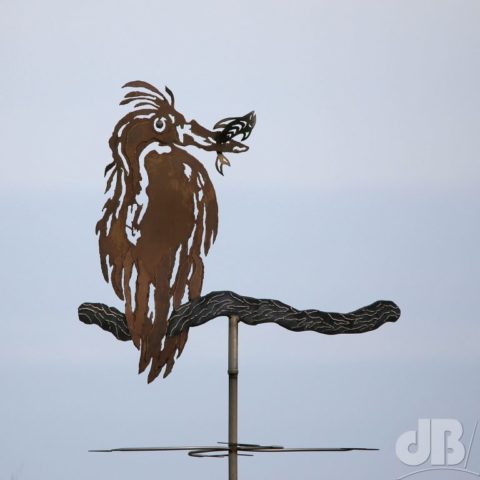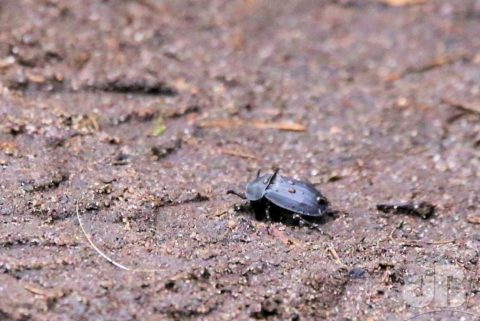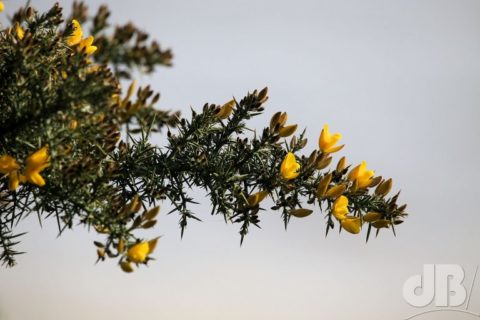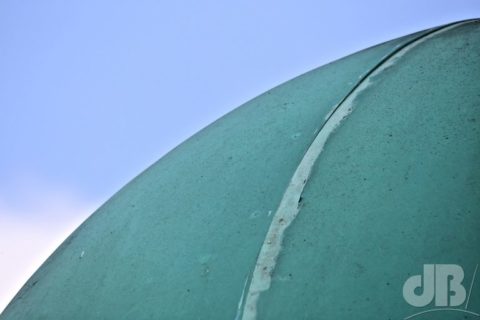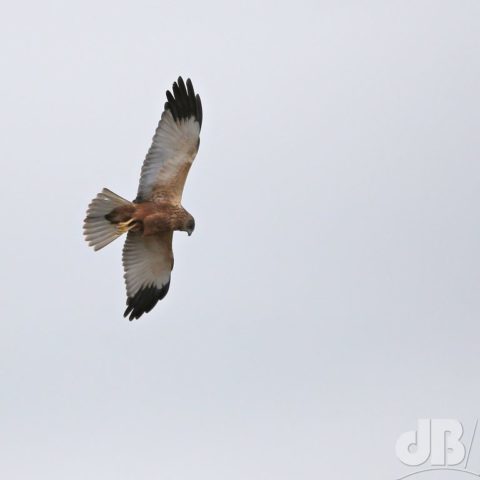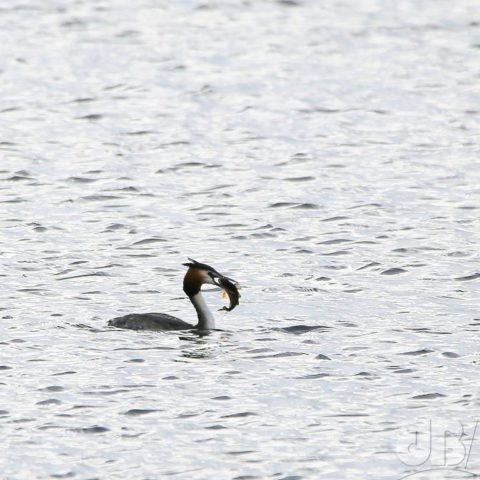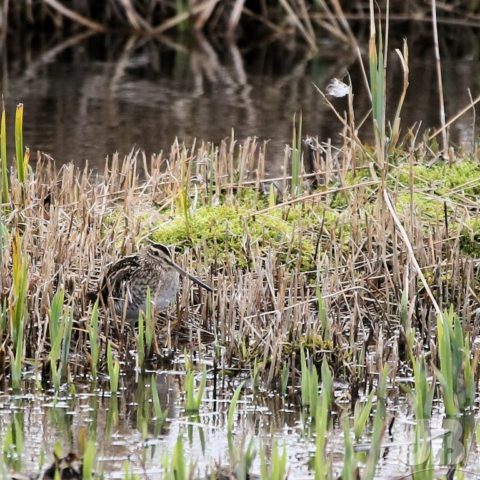A slideshow showing a little of the diversity of moths in Cambridgeshire this year
Incidental music written and recorded by yours truly, “Spot the G”
36.2055 years in science communication
News and views about photography, cameras, social media, as well as pointers to Dave Bradley’s photographic output. You can also find me on Imaging Storm, Instagram and Flickr as “sciencebase”
A slideshow showing a little of the diversity of moths in Cambridgeshire this year
Incidental music written and recorded by yours truly, “Spot the G”
It’s been a funny old year so far, has 2020. I had all sorts of plans, as did everyone else, I assume, the majority of which have been scuppered by the emergence of a lethal coronavirus. From the disadvantage point of lockdown and limits to our outdoor activities from March onwards, the opportunities for photographing animals, landscapes, and life were, to say the least, limited.
That said, on those daily allowed exercise outings I generally took a camera with me, they never said you couldn’t do that, as long as you carried on washing your hands frequently and avoided getting any closer than two metres to anyone you met while you were outside. I also carried on mothing and that provided some photographic input too. Lots more nature, birds, Lepidoptera, wildflowers, pondlife, and more on the Sciencebase Instagram. But, here are a few samples from the lockdown period.
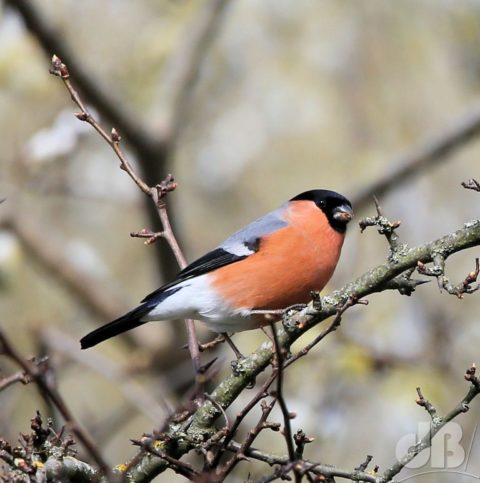
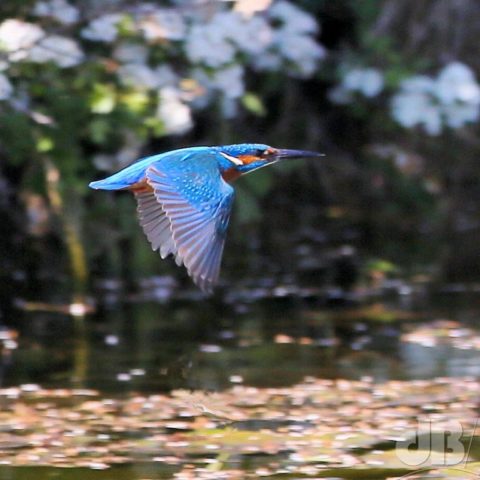
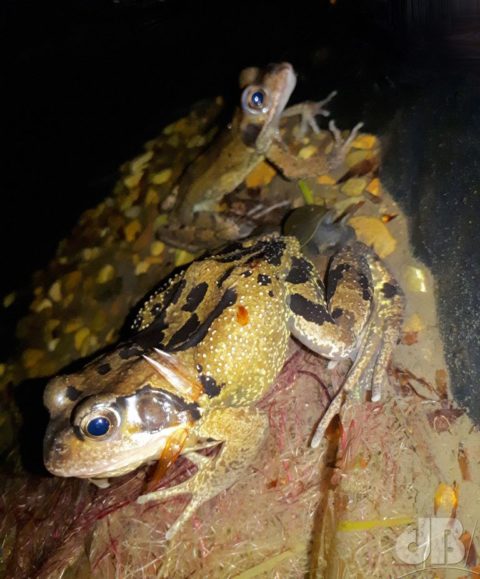

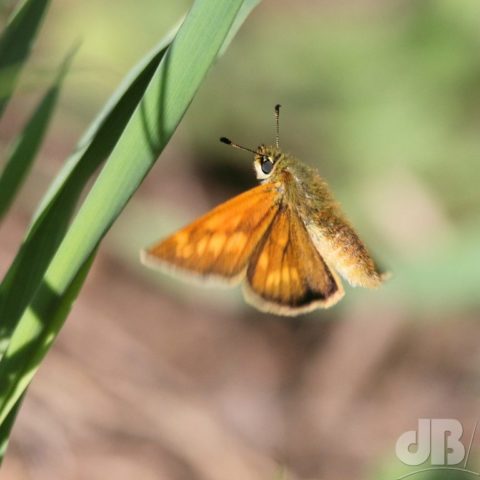
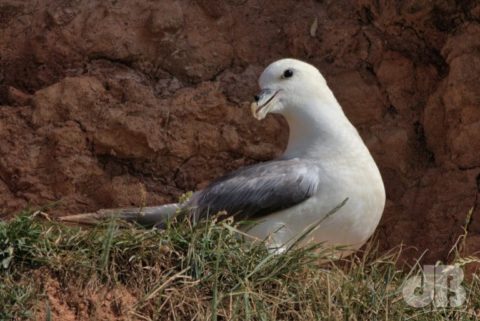
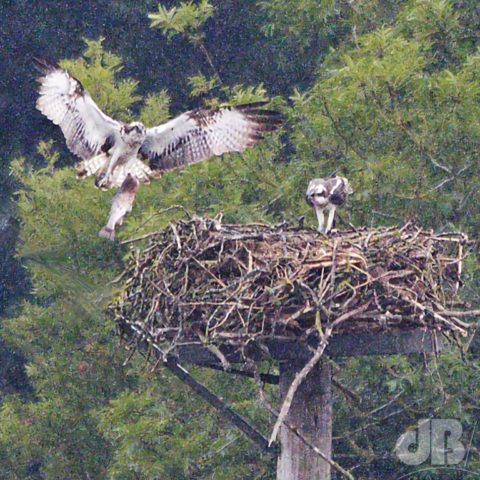
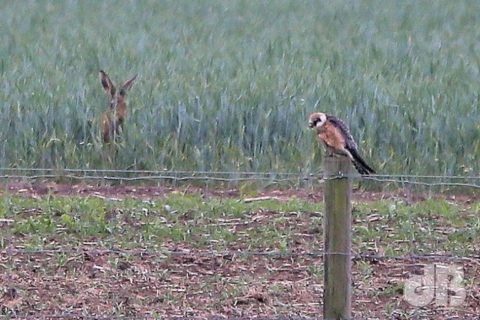
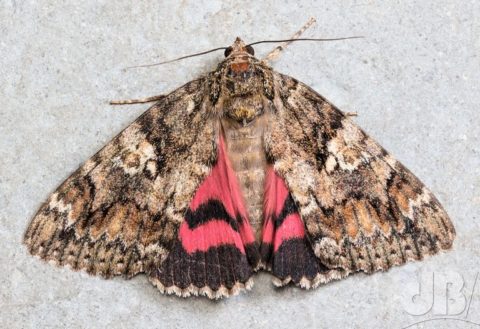
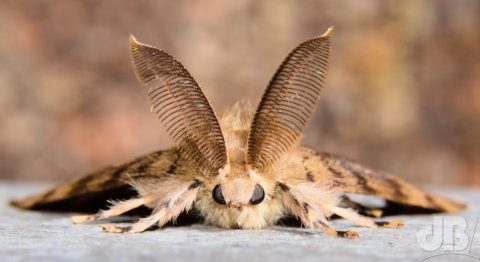
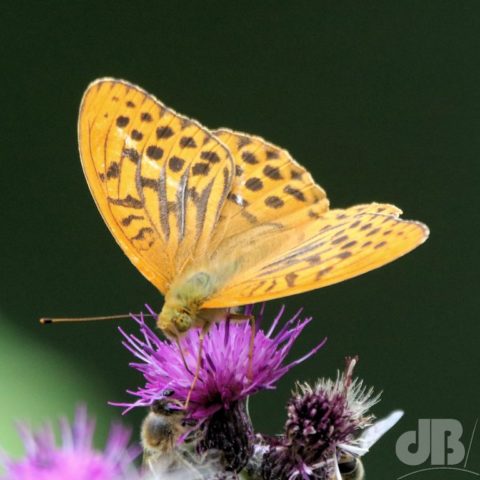
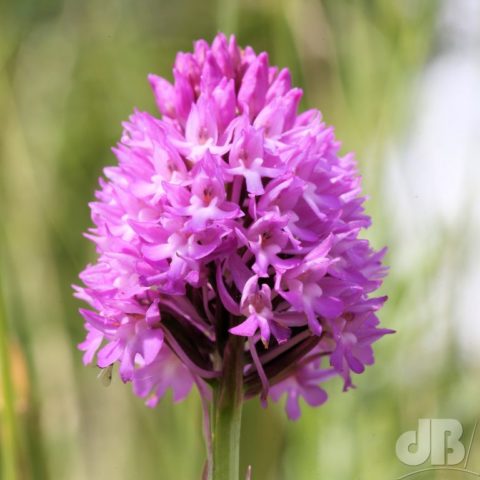
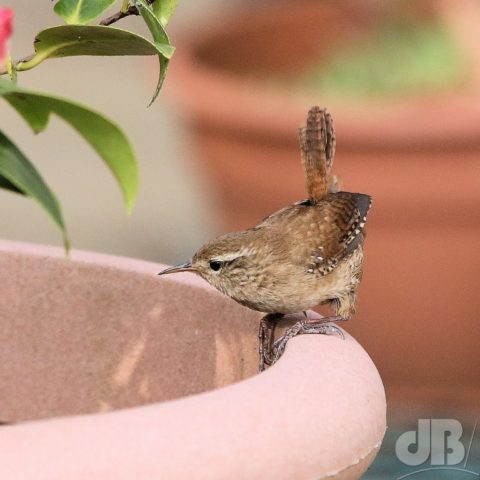
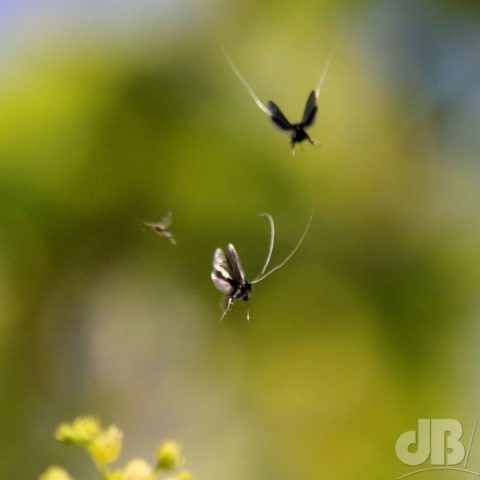
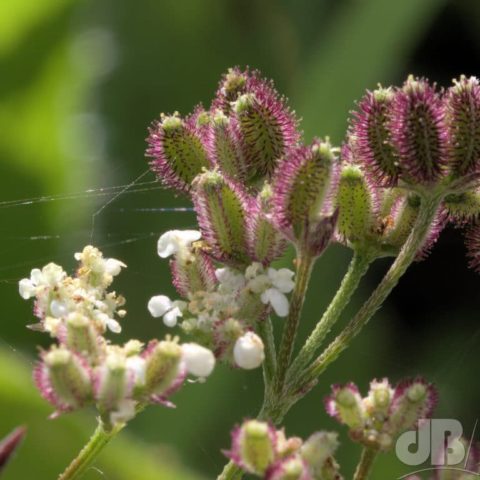
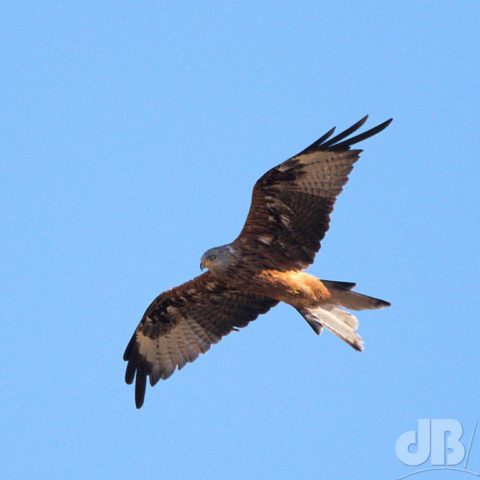
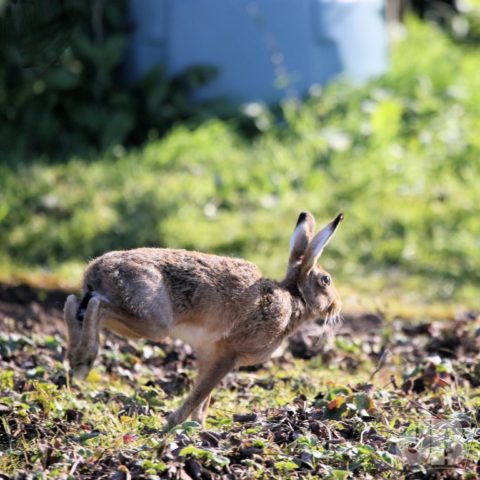
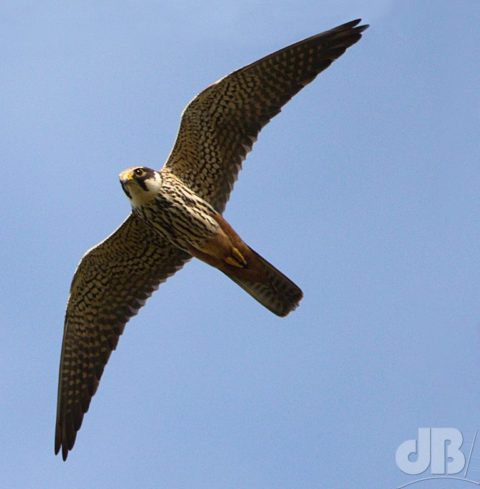
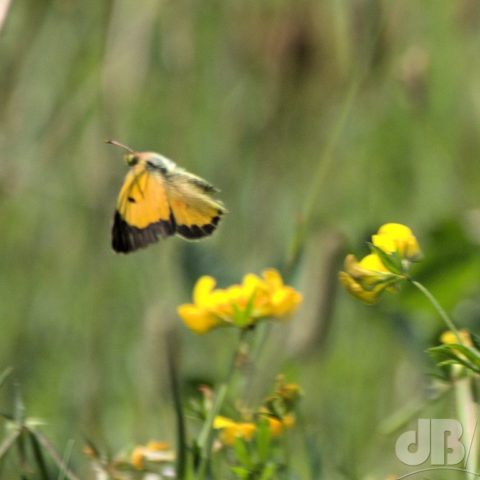
Up front: Nothing much has changed for my working practices since the coronavirus pandemic struck and we were all put into varying degrees of lockdown and social distancing. I’ve carried on with regular clients covering science news across a wide range of disciplines for the outlets that have all been mentioned here on numerous occasions over the last 25 years of this website…
As a household, we never did run out of loo roll nor any other essentials despite not stockpiling nor panic buying…
Lockdown did mean more “at home” time, no choir nor band rehearsals, only in-the-house solo music creation and broadcasts and a couple of online collaborations which I’d done often enough in normal times long before the so-called new normal. My Lockdown EP is almost a mini-album now with eight tracks. As for everyone lots of interactions with friends, family, colleagues, and collaborators via video chat servers, which is entertaining enough but tiring on the eyes.
There were lots of garden-based and very local photographic and video opportunities: PondWatch, GardenWatch, even ShedWatch on Facebook and the expansion of Lepidopteral diversity in the garden as the spring turned to summer. Indeed, anything of biological could quickly become a major focus for a blog post and I quickly add photographic specimens to Instagram and Imaging Storm. Then, there’s AllotmentLife to be taken care of…
If you need to drill down into any of this stuff there is a whole category structure within the Sciencebase website that has evolved over the years:
Photography, Classic Chords, Chemistry, Social Media etc
Thursday, 25th June…I believe it was the hottest day of the year, so far. So, as lockdown eased somewhat and we are allowed to cautiously travel away from our homes, we headed for the beach. Not Bournemouth nor Lulworth Cove…North Norfolk and specifically Snettisham. We saw barely another soul other than an RSPB Warden who was reminding people not to walk on the areas of the beach and shoreline where birds are nesting.
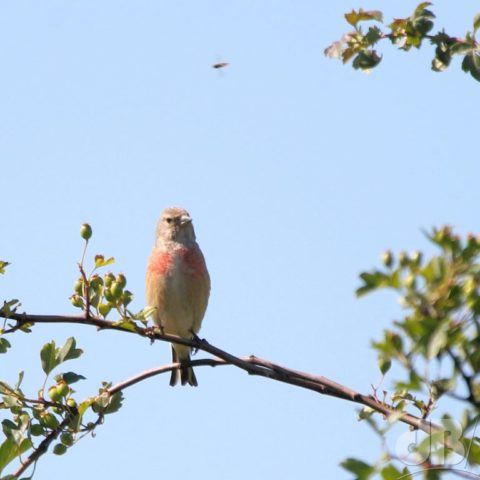
We also saw a handful of other birders and a dogwalker or two and nodded to each from at least 20 metres rather than the requisite two. The virus hasn’t gone away, governments and people visiting Bournemouth think it has…but…no.
Anyway, as we pulled into the car park there was a Sparrowhawk hauling itself into the air with a female Blackbird in its talons (sorry, no picture), and as we parked up, a Red Kit with a missing wing feather circling above.
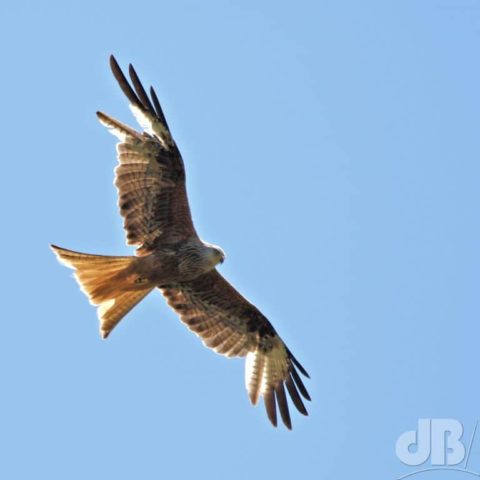
Peregrine Falcon circling above the shoreline scaring the Oystercatchers with their nests and chicks on the lower ranks of the sloping sea defences as the high tide retreated.
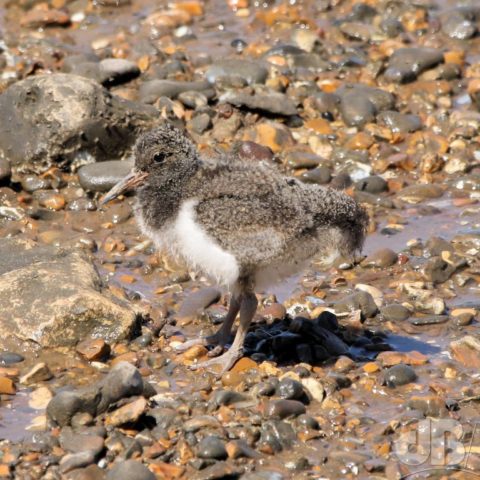
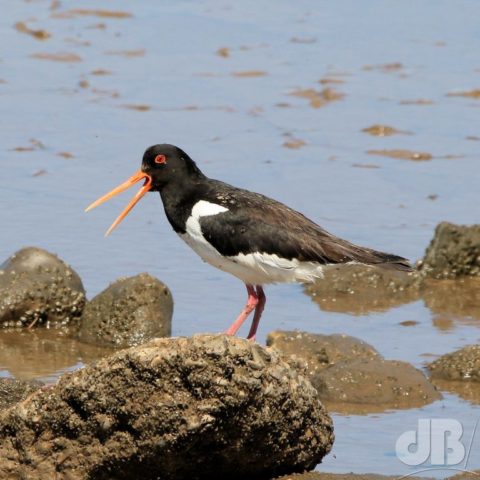
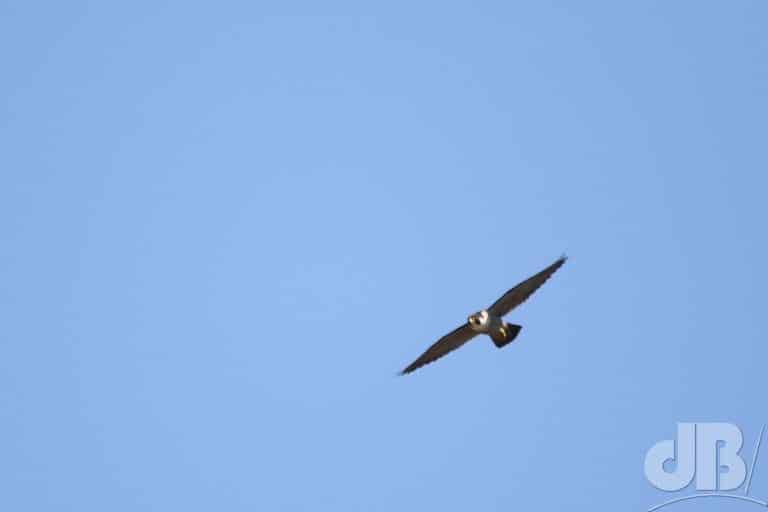
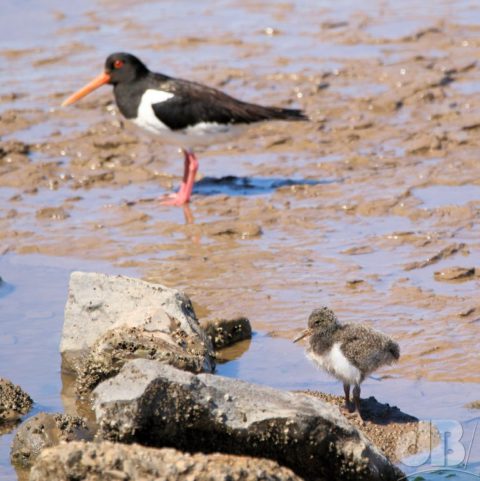
Lovely Turtle Dove turring from a tree on the fishing lakes back inland. Also seen Ringed Plovers, Pied Wagtails, and Black-headed Gulls, all with chicks, Sedge Warbler. On the Lepidopteral front Ringlet, Whites, Meadow Brown (far fewer than Cottenham) butterflies, Cinnabar moth.
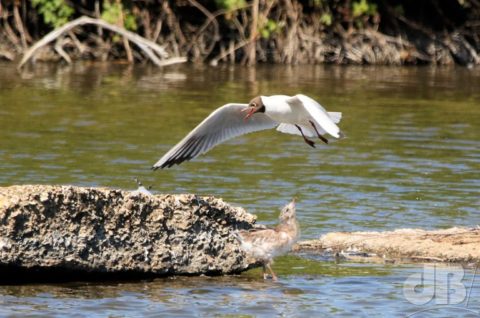
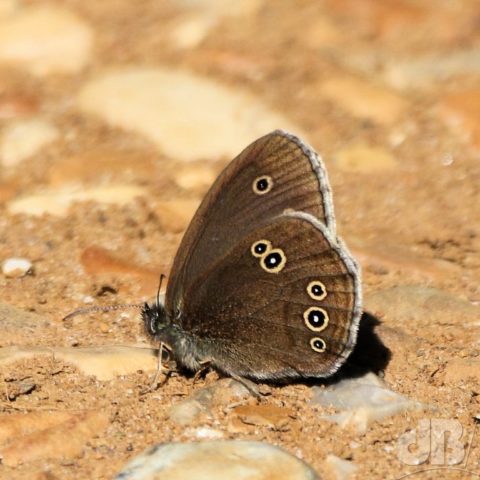
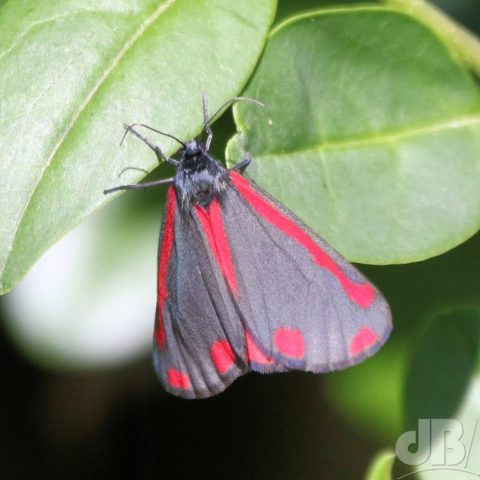
There were also huge numbers of ladybirds that seemed to be swarming in from across The Wash, an irruption perhaps?
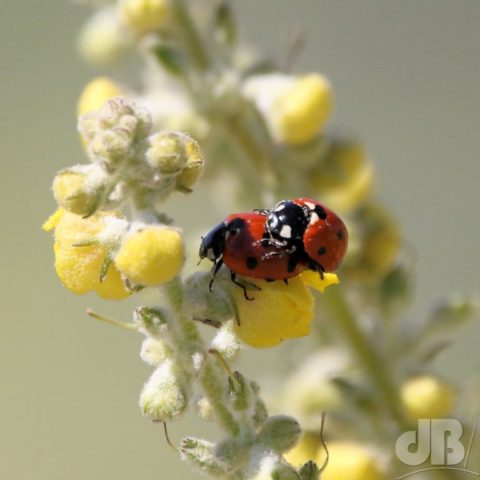
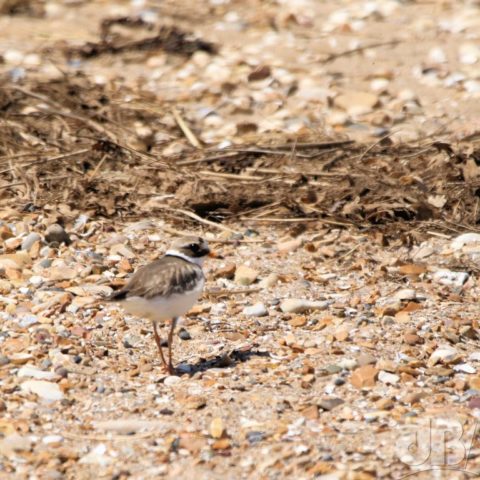
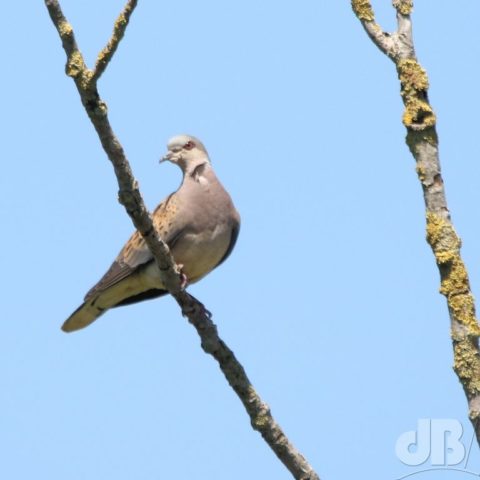
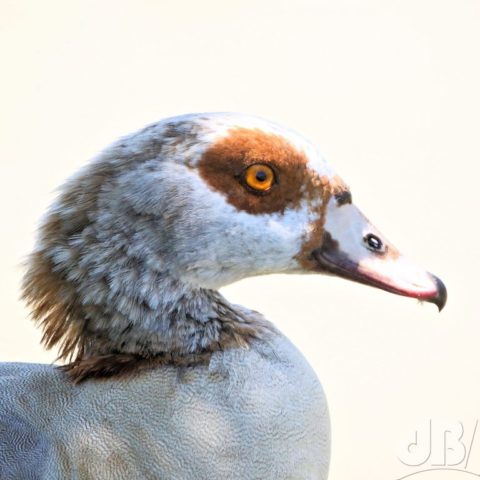
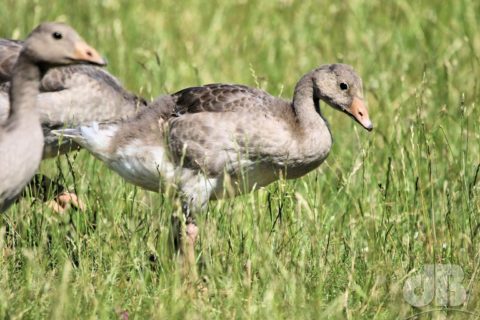
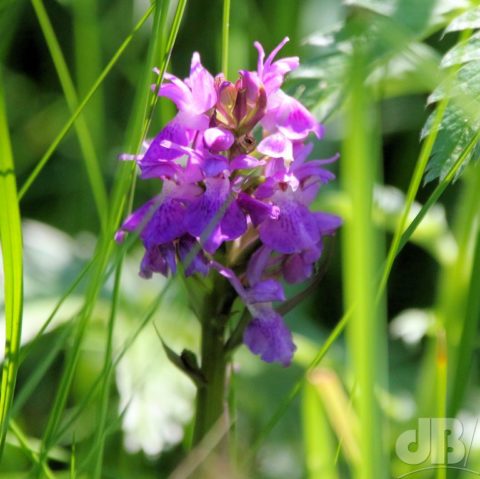



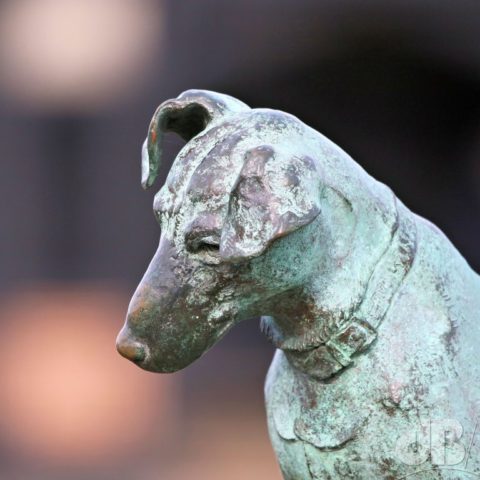

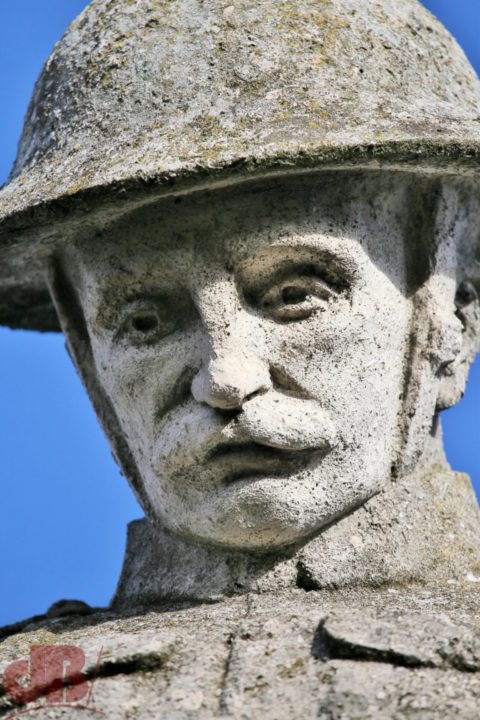
I just made the least flash flash diffuser imaginable. I cut a hole in an old, plastic ostrich-burger box we have used to store Xmas tree baubles in for the last seventeen years and fitted it to the camera with a redundant ring flash adapter. I switched away from ringflash earlier this year as it’s simply not good enough for decent entomological macro shots.
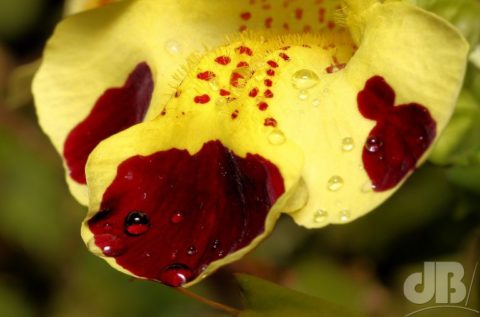
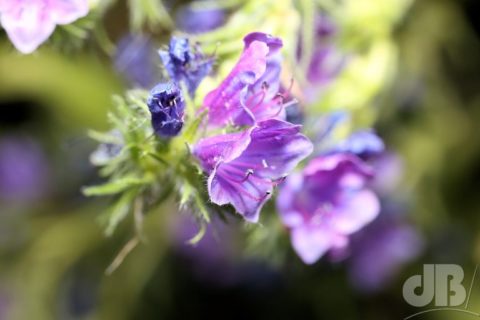
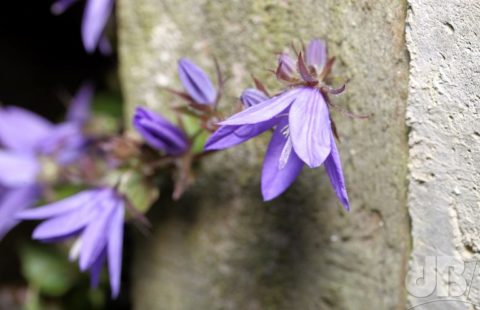
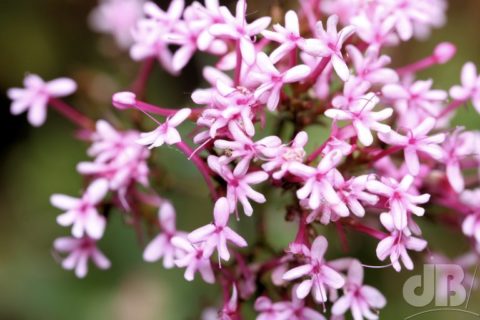
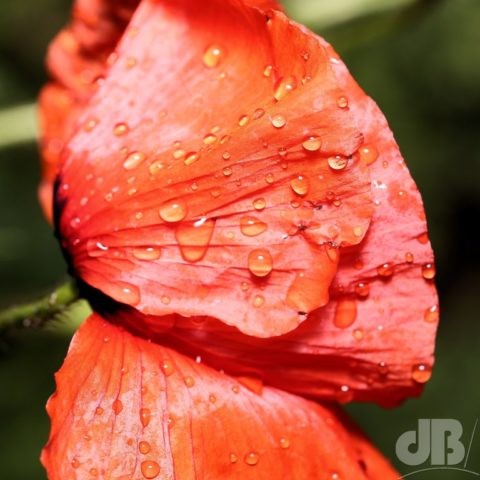
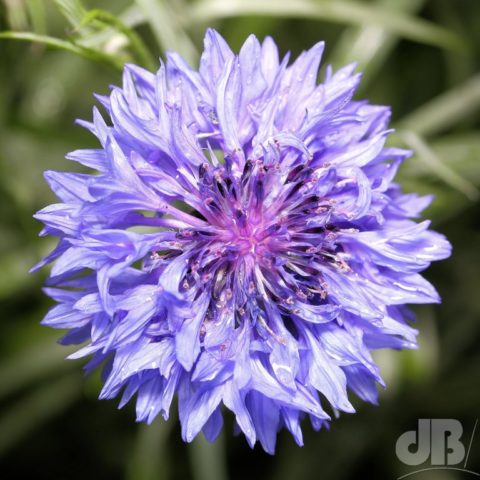
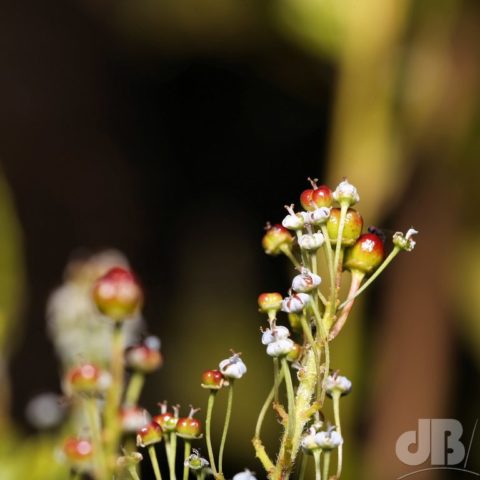
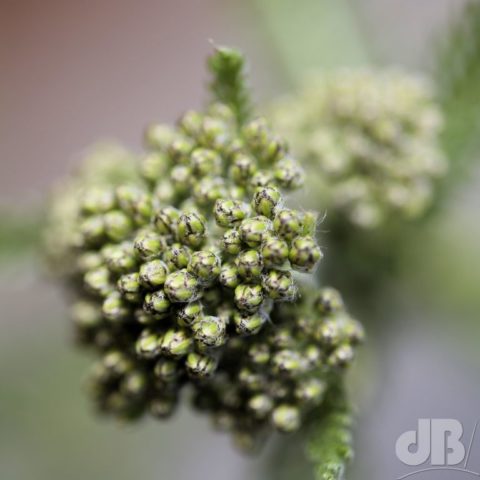
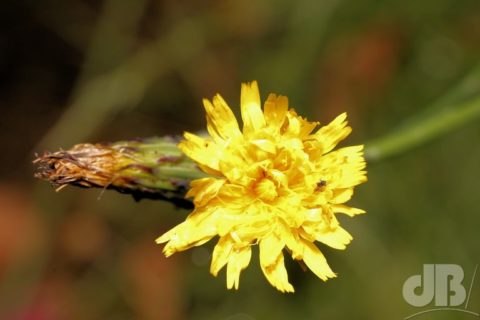
Anyway, been testing the ad hoc diffuser with some random macro shots of flowers in the garden – Mimulus (#PondLife), cornflower, wet poppy, red valerian, periwinkle, viper’s bugloss, yarrow buds, ceanothus fruit, and fading yellow wildflower…
It seems to work quite well…considering


Always nice when someone notices you got a nice sharp and detailed photo. Happened this morning with a snap of a Figure of Eighty moth that was drawn to the actinic lure last night.
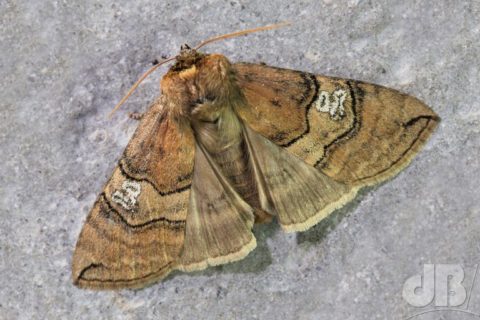
This Figure of Eighty moth was shot with a 90mm Tamron 1:1 lens on a Canon 6D digital SLR. Importantly, on a tripod with a shutter release wire, using Live View (on the rear screen, the camera’s mirror is raised) rather than allowing the mirror-raise to cause vibration as happens with a viewfinder shot. Obligingly, the moth lay flat and spread its wings, usually it curls them around its body to make a kind of twig-like tube.
This is a single frame with f/13 aperture, 1/90s shutter speed, ISO 500.
I almost always crop the original frame to get a nice composition. I adjust the levels/histogram to blacken the blacks and whiten the whites slightly. I always lift the mid-tones slightly to soften any shadows on these kinds of shots, but nothing more than about 10-15 percent values.. I also pull down the highlights slightly if there’s been any blowout. Increase the saturation a tiny bit and apply a gentle standard sharpening. All in PaintShopPro.
The final crucial step for social media upload sharpness is then to resize the frame to 2048 pixel width. There’s no point in posting full size to Facebook or Instagram as their compression algorithms do something horrendous to bigger files and you end up with more artefacts and a less clear, less detailed image. After this resize I may up the vibrancy (which is a more subtle variation of increasing saturation that only boosts certain pixels to make the colours “pop”. I then apply a fairly subtle unsharp mask. If the image has been cropped to less than 2048 but not smaller than 1000 or so I apply the same unsharp. If it’s < 1000 I’ll pull back the unsharp a lot.
I then add my dB/ logo in the right-hand corner. As you might have noticed, there wasn’t room for the logo in the pre-processed image, so I rotated it and clone the stone background to fill the resulting gaps and then added my logo. I think it usually gives me a half-decent end result.
Here’s the original frame straight out of the camera, saved as a 90% JPEG rather than RAW, I rarely shoot raw…it was cropped and resized to fit the page here. It’s sharp (in focus) but dull and lifeless.
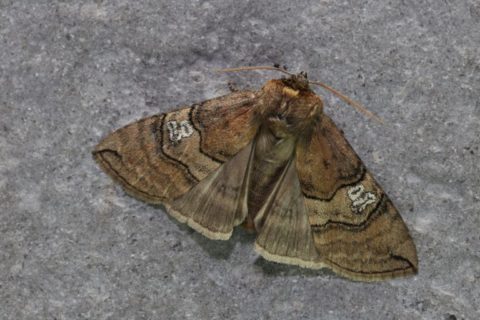
Kingfishers at dawn…well…it wasn’t quite dawn. We awoke at about 7am had a cuppa and then headed out to a very local patch of waterway we know to see if we could spot the Kingfishers going about their business, all part of our once-daily exercise allowance under Covid-19 lockdown, social distancing, self-isolation rules.
We avoided touching any styles or fences, there were no other people around to avoid, apart from a farmer, just as we had finished our exercise. Anyway, combining photos from first thing last Sunday morning and today in this post
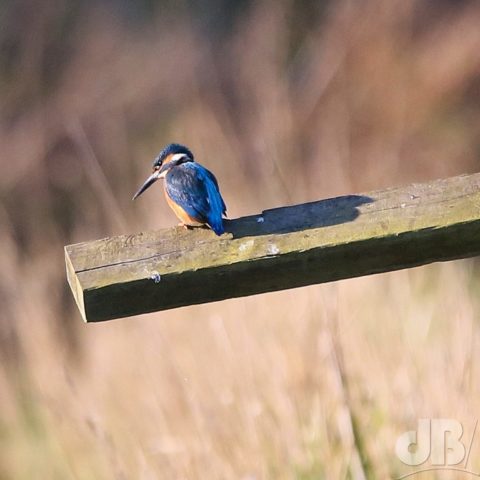
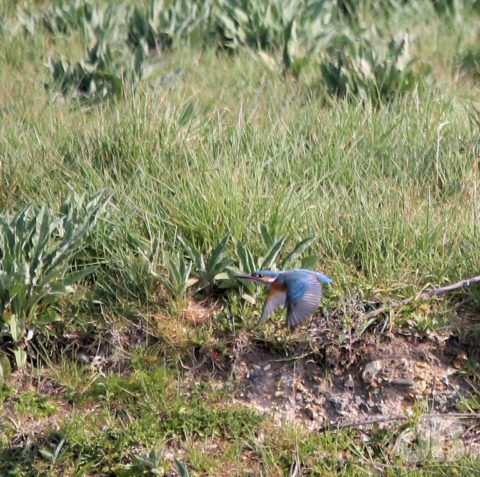
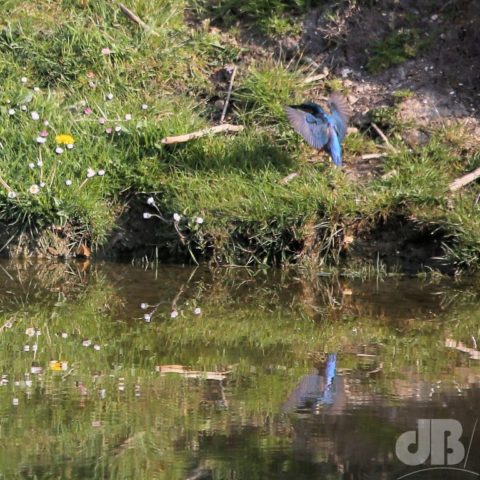

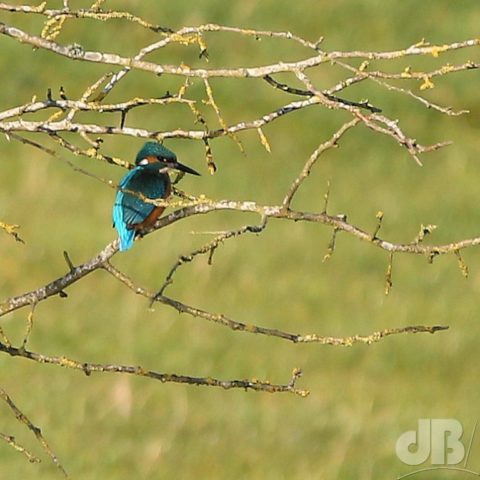
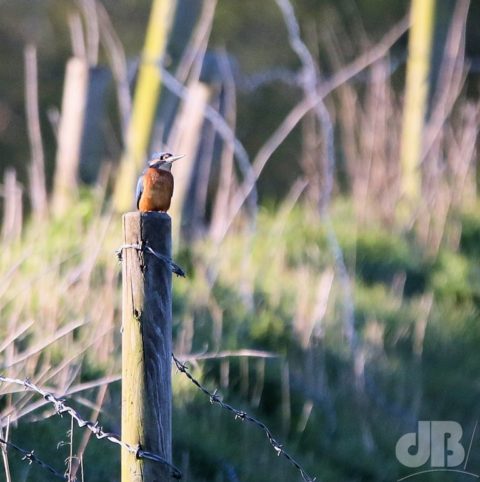
TL:DR – One of the natural side effects of planting a nuclear power station on the coast.
This platform was one of two “water rigs” one of which was used to draw cold seawater into Sizewell A nuclear power station; two magnox reactors operated there from 1966 to 2006. The spent “coolant” having generated its superheated steam to drive the turbines to drive the generators was then released back into the sea at the second platform, the one closer to the shore, pictured below.
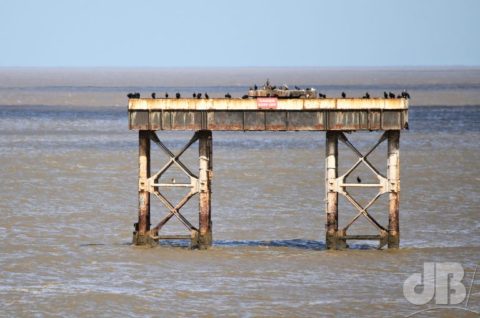
Because the discharged water was at a slightly higher temperature than the sea, an oceanic microclimate formed here, which led to greater numbers of fish and birds utilising the thermal boom.
Most of the machinery and components were removed during decommissioning of the reactor, but birds such as Cormorants and numerous gull species still find the platforms useful as roosting sites. There was a time when Kittiwakes nested on the platforms, their presence led to delays in removing hazardous components during decommissioning. Ultimately, these two platforms will be removed. Shipping buoys are already in place to warn of sandbanks along this stretch of coast, so the platforms no longer have warning lights for that purpose as they once did.
Sizewell B, which you would recognise as the big white dome is a pressurised water reactor; the only commercial PWR in the UK. Sizewell C is on hold until “issues” and “concerns” are resolved. One can imagine that palms will be greased at some point and the public protest against it will be forgotten by all but those who live in the area.

You can take a look at various photos from our recent trip to Thorpeness, Aldeburgh, and Sizewell here.
Incidentally, fans of musician Thomas Dolby will likely know Sizewell A as the setting of his music video for the song Europa and The Pirate Twins.
It’s been a few years since we’ve ventured into our old haunts of Thorpeness and Aldeburgh on the Suffolk coast; places we visited family fairly frequently for the best part of two decades. Anyway, yoga and wildlife walking trip, with a wonderful group of people, activities led by Denise and Kevin, respectively. I got a few snaps here and there.
